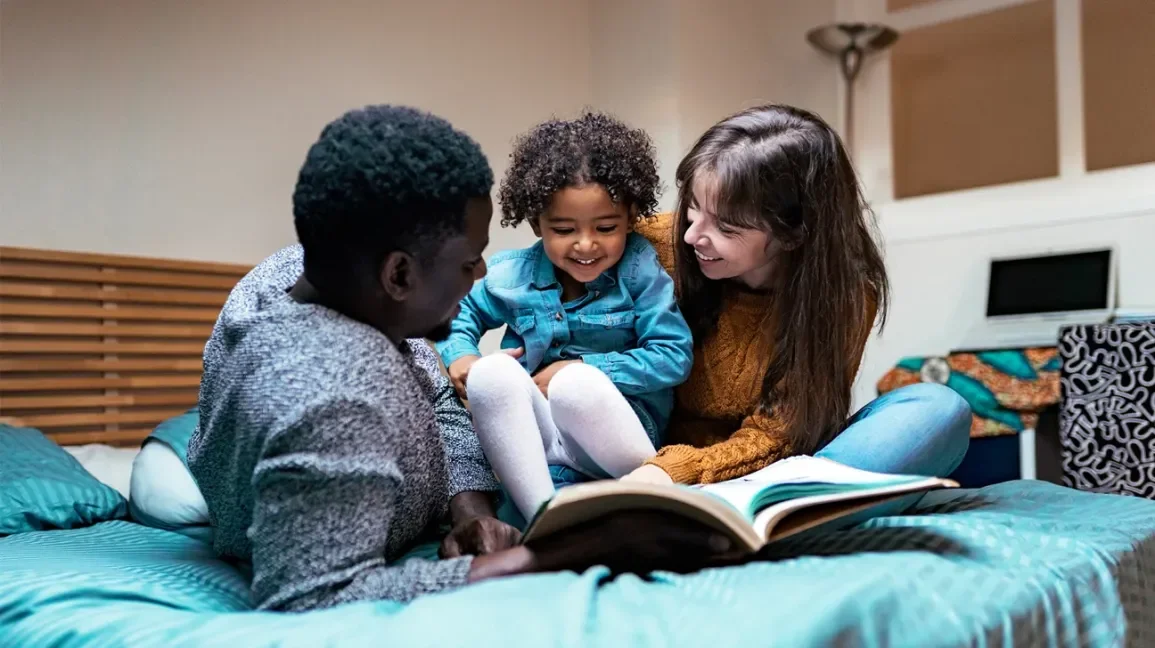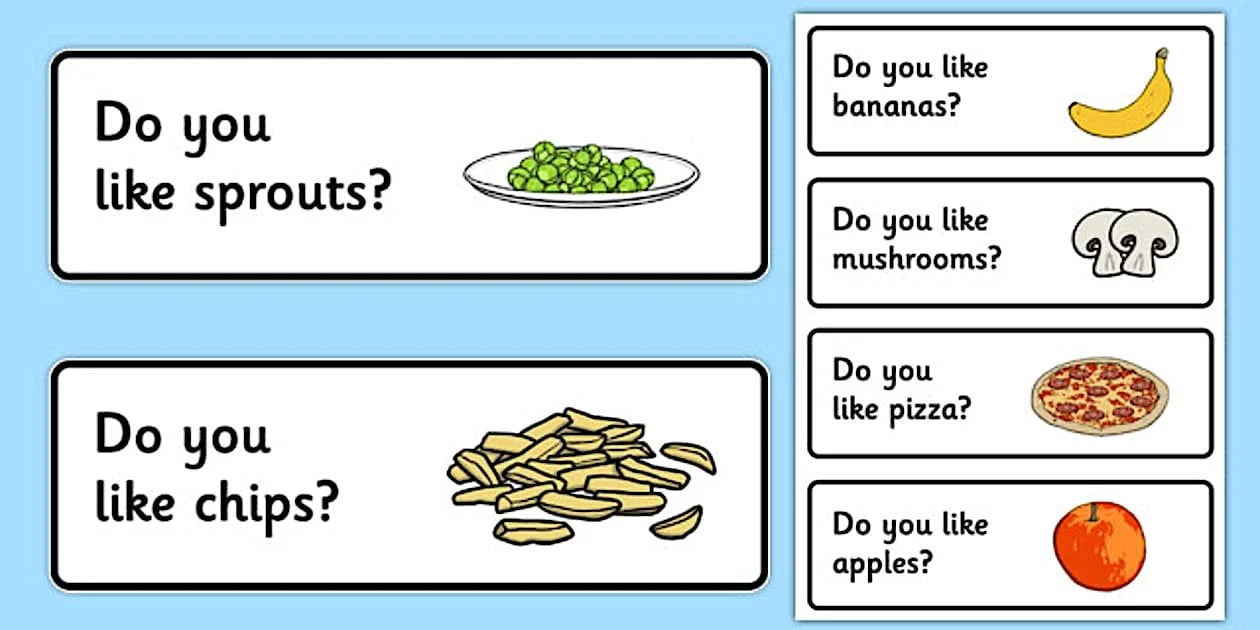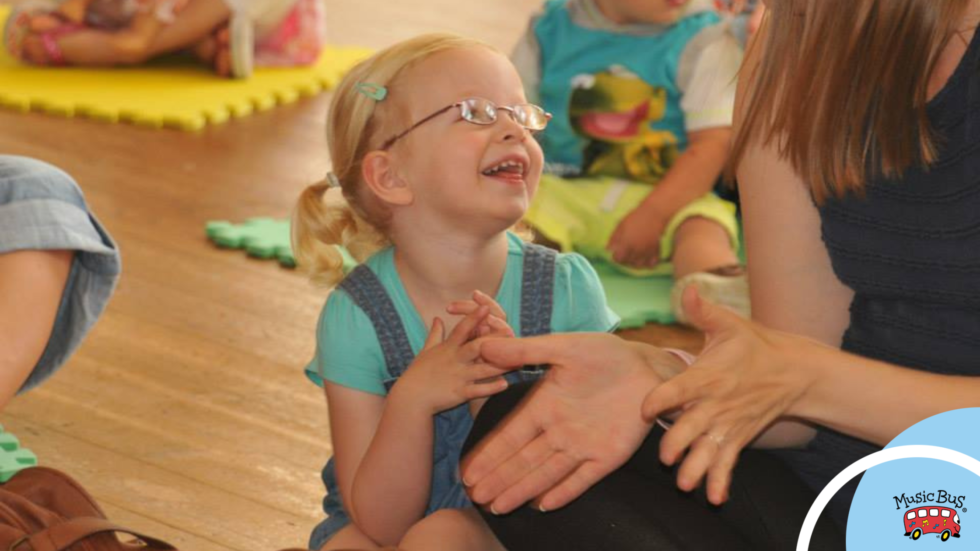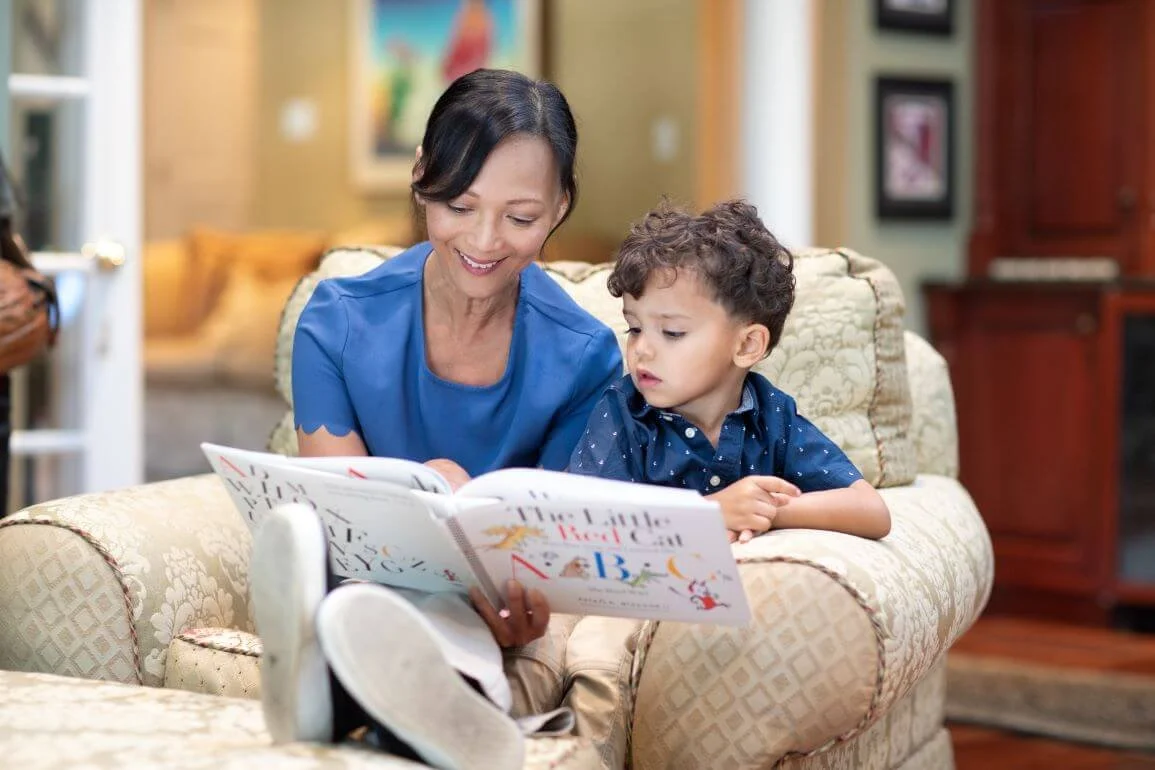10 Easy Ways to Encourage Talking During Everyday Routines
If you're a parent, caregiver, or teacher wondering how to help a child talk more, here's some great news: You don't need flashcards, expensive toys, or special training. Some of the best opportunities to build communication skills happen during the everyday routines you're already doing—meals, bath time, car rides, getting dressed, grocery shopping—you name it.
Here are 10 easy, practical ways to encourage language development during your day-to-day life.
1. Talk About What You’re Doing (Think Out Loud)
One of the easiest—and most effective—ways to build your child’s language skills is by simply talking out loud about what you’re doing. This strategy is called self-talk, and it turns ordinary moments into powerful language learning opportunities.
Why It Works:
Children learn language by hearing it in context, over and over. They’re constantly picking up on how words are used, how sentences are built, and what language sounds like in action. When you think out loud, you give your child a front-row seat to how language works in real life.
You’re not just labeling objects—you’re modeling vocabulary, grammar, sequencing, and emotion all at once.
Real-Life Examples:
While prepping lunch:
“I’m cutting up the apples. These are red apples. Crunchy and sweet! One piece for you, one piece for me.”While getting dressed:
“Now I’m putting on your socks. One sock, two socks. They’re blue today—just like your shirt!”While cleaning up:
“Let’s put the blocks away. The red block goes in. Now the green one. All done!”
These types of verbal observations help your child connect language to actions, objects, and routines they see every day. Even if they aren’t talking yet, they’re absorbing it all.
Pro Tip:
Keep it simple: Use short, clear sentences.
Repeat naturally: Repetition helps language stick.
Match your pace: Speak slowly enough for your child to follow, but not robotically.
Stay expressive: Use tone, gestures, and facial expressions to keep it engaging.
Bonus Benefit:
Self-talk also reduces the pressure on your child to respond right away. It keeps the interaction low-stress and fun, which encourages them to engage when they’re ready.
2. Name Everything Around You
Labeling objects and actions builds vocabulary—fast.
During routines, point out items and give them names:
“Toothbrush. Toothpaste. Sink.”
“Shoes. Sneakers. Laces. Velcro.”
Repetition is key. The more times a child hears a word in context, the more likely they are to understand and eventually use it.
Try this: Pick a “word of the day” during a routine. Use it 3–5 times. Make it fun!
3. Pause and Wait
Sometimes the most powerful way to encourage talking is to say... nothing.
After you ask a question or make a comment, pause—and wait.
Give your child 5–10 seconds to respond. You might be surprised what they come up with when given time.
Instead of:
“Do you want milk or juice? Milk? Okay, milk!”
Try:
“Do you want milk or juice?...” (wait)
That pause tells your child: You have something valuable to say—and I’m listening.
4. Give Choices Instead of Asking Yes/No Questions
Yes/no questions don’t invite much conversation. Try offering choices instead.
Examples:
“Do you want the blue cup or the red cup?”
“Should we read The Very Hungry Caterpillar or Goodnight Moon?”
Choices help build vocabulary, sentence formation, and decision-making skills. Plus, kids love feeling in control.
Bonus: You’re more likely to get a response when the child wants to participate.
5. Sing During Transitions
Songs are powerful tools for language because they combine rhythm, repetition, and fun.
Sing during:
Getting dressed (“This is the way we put on socks…”)
Brushing teeth
Cleaning up
Washing hands
The predictability of songs helps children learn words and sentence structure without pressure.
You don’t need to be a great singer—just enthusiastic.
6. Expand on What Your Child Says
If your child says one word, build on it by turning it into a short sentence.
Child says: “Dog!”
You say: “Yes! The dog is barking!”
Child says: “Ball!”
You say: “You threw the ball!”
This is called expansion. It helps children grow from single words to phrases and sentences.
You’re basically saying: “I hear you—and here’s a little more.”
7. Read the Same Books Over and Over
Yes, we know reading Brown Bear, Brown Bear 72 times can be... a lot.
But here’s the thing: Repetition helps language stick.
Every time you read a familiar book, your child:
Hears the same sentence structures
Anticipates what’s coming next
Builds confidence to say words or lines with you
You can also pause during familiar parts and let your child fill in the blank.
You say: “Brown Bear, Brown Bear, what do you…”
Child says: “See!”
8. Use Routines as Language Triggers
Children thrive on routines. Use that to your advantage.
Say the same phrases during specific routines every day. Over time, children will begin to say or anticipate them.
Examples:
At bath time: “Let’s wash your tummy. Now your toes. All clean!”
At bedtime: “Time to brush, then story, then snuggle!”
These repeated phrases act like language scripts that build memory and understanding.
9. Be Silly and Play with Sounds
Kids love to laugh—and when you make sounds fun, they’re more likely to try them out.
Ideas:
Make animal noises (“Moo! Quack! Baaa!”)
Use funny voices
Play with rhyming words or silly sounds
Try games like:
“I spy something that starts with B-b-b…”
“Let’s say all the things that rhyme with ‘hat’: cat, bat, mat…”
This helps build phonological awareness, a key skill for both speech and reading.
10. Follow Their Lead
Sometimes we try to steer the conversation—but the best way to encourage speech is to tune in and follow your child’s interests.
If your child is obsessed with trucks, talk about trucks. If they want to play with water, narrate water play.
Following your child’s lead:
Builds trust and connection
Keeps them engaged
Makes learning feel like play (because it is!)
You don’t need to push vocabulary drills. Just get down on their level, share the moment, and talk about what they love.
Final Thoughts: Keep It Natural, Keep It Fun
Encouraging speech doesn't have to be formal or structured. In fact, the best language learning happens when it’s part of real life—messy, playful, and full of back-and-forth.
Every diaper change, meal, walk to the car, or trip to the store is a chance to grow communication skills. You don’t need to be perfect. Just be present, talk often, and listen well.
And remember—progress looks different for every child. If you ever feel concerned about your child’s speech or language development, you’re not alone. At Anywhere Speech & Language, we offer online evaluations, parent coaching, and therapy services that fit your life.







